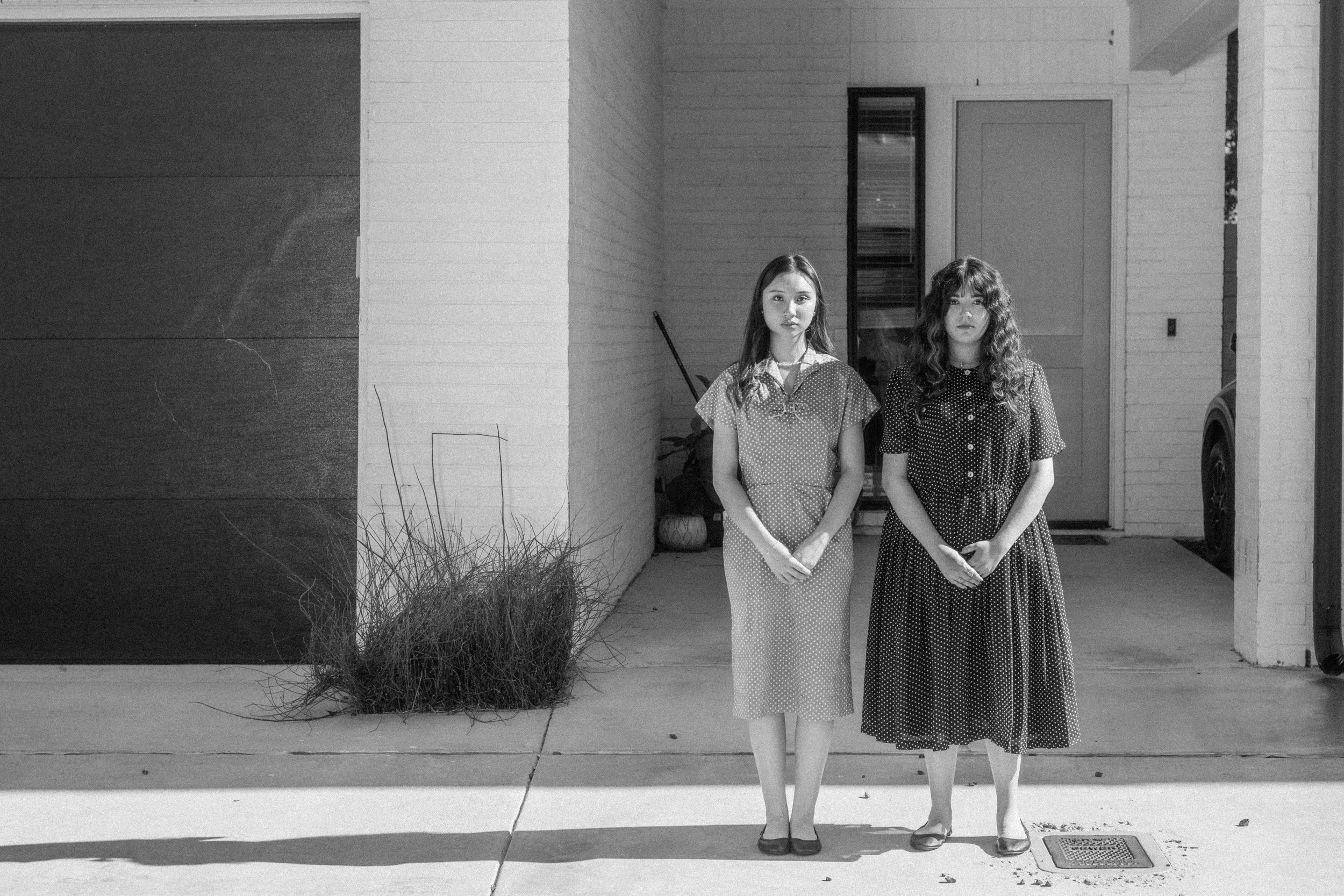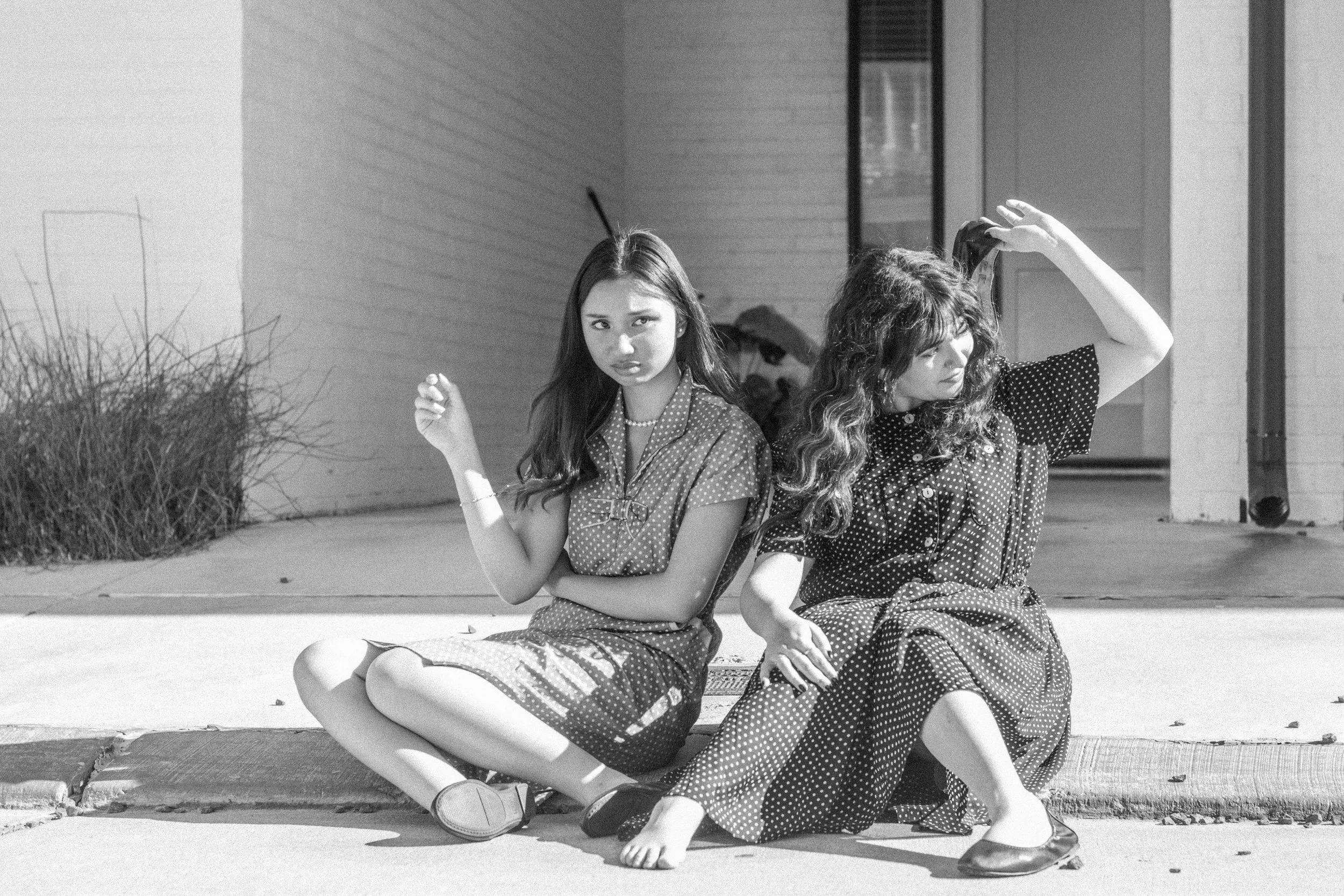What If There is No Cup?
Spare a moment, if you will, to suspend disbelief and indulge in a peculiar dystopian society with yellow-green grass and an orange-hued horizon. Small houses, perfectly designed with neat lawns and clear windows, line thin suburban streets in orderly rows and clean divisions. It is a peaceful town, one whose residents carefully structure their lives in a meticulous arrangement and go about their days with a prepared confidence.
Every morning, just as the sun rises in the east, the people leave their quaint homes with a white plastic cup to visit the local cafe before work. It’s an odd little place at the corner of the street that’s been around for longer than anyone can remember; some even say it’s older than the town itself. The sweet chime of a silver bell welcomes each person at the door as they enter and line up to make their order, but there’s a catch. The residents of this strange town are divided in two: those who drink tea and those who drink coffee.
For as far back as their memory goes, they have stuck to the one drink the barista taught them to love and hold on to the white cup their parents had given to them when they were little. They take that cup every morning to the coffee shop down the street and ask for the drink that everyone says suits them best. The ones who drink tea are charming, quietly taking gentle sips and letting the delicate flavors unfold on their tongue. They embrace the subtleties of an earthy chamomile, noticing the fruity hints that complement its flavor. The ones who drink coffee crave the bitter aftertaste, and the rush of caffeine makes them feel alive. There is no time to wonder about the nuances behind the smoky Coffea liberica versus the earthy Coffea robusta; there are things to get done, and an americano is a means to an end.
People stick to the barista’s recommendation like law, internalizing the characteristics bestowed upon them and accepting the divide as a fundamental truth. That white cup holds more than just a hot drink; it is a way to tell people the traits that define their personhood and the place they fit in society. Yet, even in a peaceful town, where people live predictable lives following the status quo, there are the people who, every morning, question the drink poured in their cup, and the taste they are told to love, asking, “Is this really what suits me best?” and that maybe who they are is not something that can be poured in a cup and explained by a drink.
And just maybe, if we take away the yellow-green grass and the orange-hued horizon and replace it with smaragdine and blue, we might make a place like that on Earth where we put people in boxes and say something like “women drink tea and men drink coffee”: an idea that would sit up there like every other trait in the arsenal of the gender binary and fit in with every other stereotype that has stuck around for ages.
Out of nowhere, it would be unbecoming for a woman to order a cold brew or a man to ask for Earl Grey, just like the passing comments when a woman orders bourbon neat and a man requests a cosmopolitan. If we started calling women sentimental and sweet like tea and men efficient and strong like coffee, maybe it would finally sound strange to attach the nuances of a human being to an ordinary morning drink.
The enduring rigidity in the gender binary makes every deviation appear fundamentally bizarre, like how women with body hair and men with makeup face a judgment that would not exist if the roles were reversed. This manifests into a divide where girls stick with girls and boys stick with boys, where people find a connection in men's or women’s organizations and a home in Greek life. It makes women’s fashion inherently different from men’s, as if the choice of clothing was written in their DNA. It keeps people in boxes so ingrained in society that many seldom look the other way. It's a mindset that easily forgets about the people who, try as they might, cannot find their place among the divide.
In many ways, to not fit the gender binary is to be left behind, and when up against a room of strangers, it is easier to put on an act and go day by day with a practiced smile. They give in to the version of themselves others think suits them best while quietly holding on to the person they cannot share. They follow a status quo so embedded in society that they cannot find the hope to fight, and spend their lives not unlike the peculiar people of that dystopian town, who often secretly wonder, “What if there was no cup?”
Written by Aishwarya Paryani, Photography: Taylor Gottsman, Design: Cella Deer, Social Media: Sadie Klement, Styling: Mykal Cabigon



